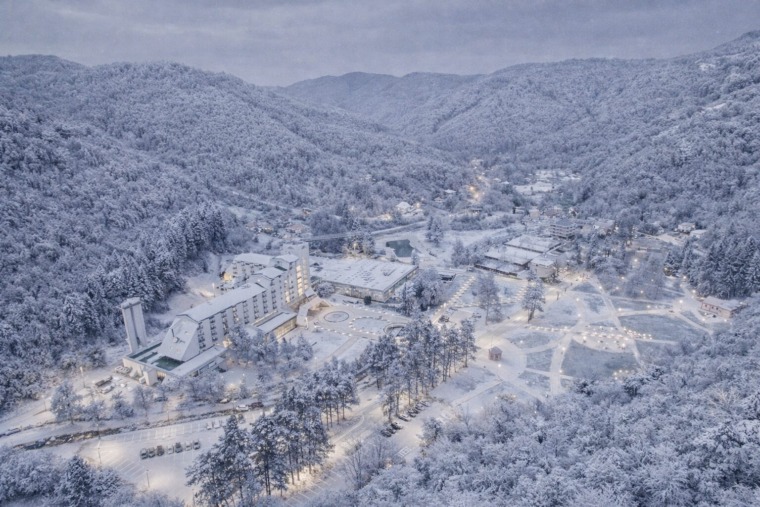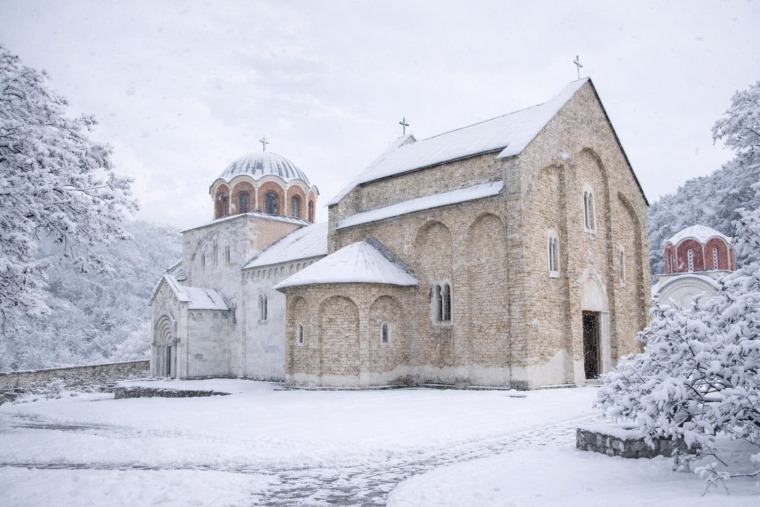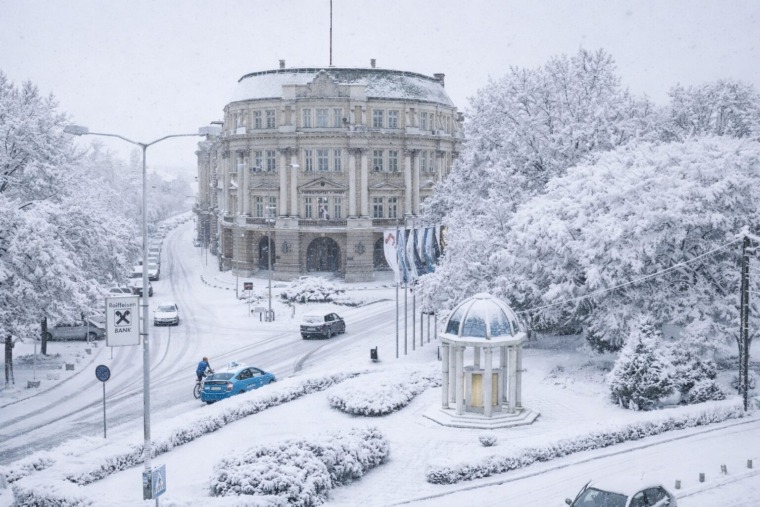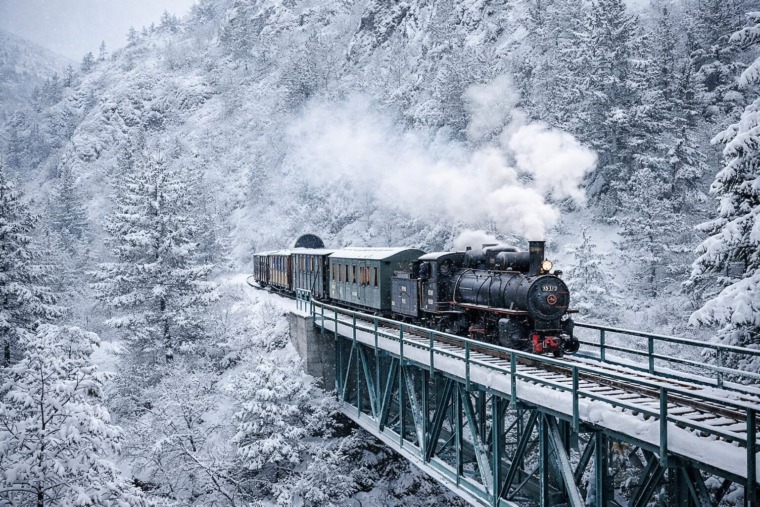
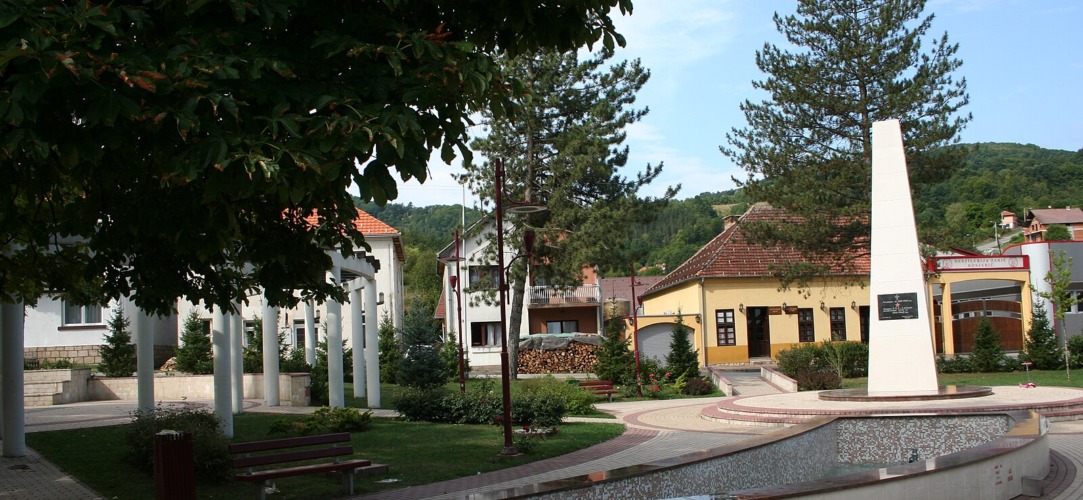
Tucked away in the scenic valleys of western Serbia, Kosjerić is a charming small town that blends rich history, untouched nature, and the warmth of traditional Serbian hospitality.
This region was once part of the powerful medieval Serbian state of the Nemanjić dynasty until the fall of Serbia to Ottoman rule in 1463. For centuries, important trade routes crossed here, connecting the Adriatic coast with western and northern Serbia, as well as the Danube basin.
The modern settlement of Kosjerić began taking shape in the 18th century with the arrival of settlers from Montenegro, Eastern Bosnia, and the Stari Vlah region. Legend has it that the Kosijer family gave the town its name, while its rapid development began in the 19th century with the building of inns, shops, and homes along a key trade road. The opening of the Belgrade–Bar railway in 1972 further boosted the town’s growth. Today, Kosjerić is known for its festivals, rural tourism, organic food, and preserved natural surroundings.
Nestled between the mountains of Maljen, Povlen, and Crnokosa, and only a short drive from the popular tourist center Divčibare, Kosjerić is a perfect destination for nature lovers, hikers, and those seeking peace and fresh mountain air.
Sights and Attractions in Kosjerić
Stari Han (Old Inn)
A 19th-century inn and one of the town’s most famous landmarks, the Old Han is a cultural monument that evokes the spirit of old trade routes and traveling merchants.
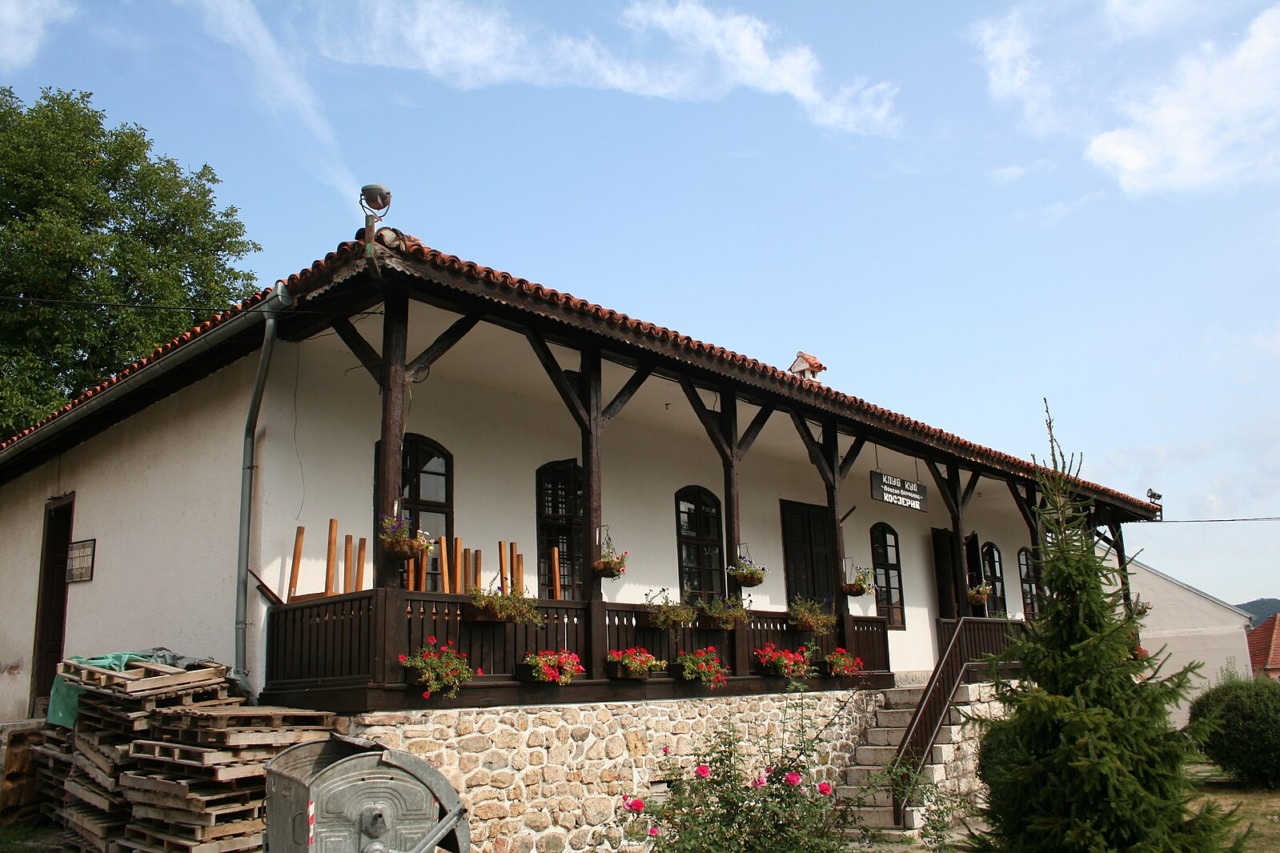
Church of Saint George in Seča Reka
Just a few kilometers from Kosjerić, in the village of Seča Reka, lies the wooden Church of Saint George, a remarkable church dating back to the 15th century. Built entirely of timber, this small yet historically significant structure is an outstanding example of old Serbian wooden church architecture.
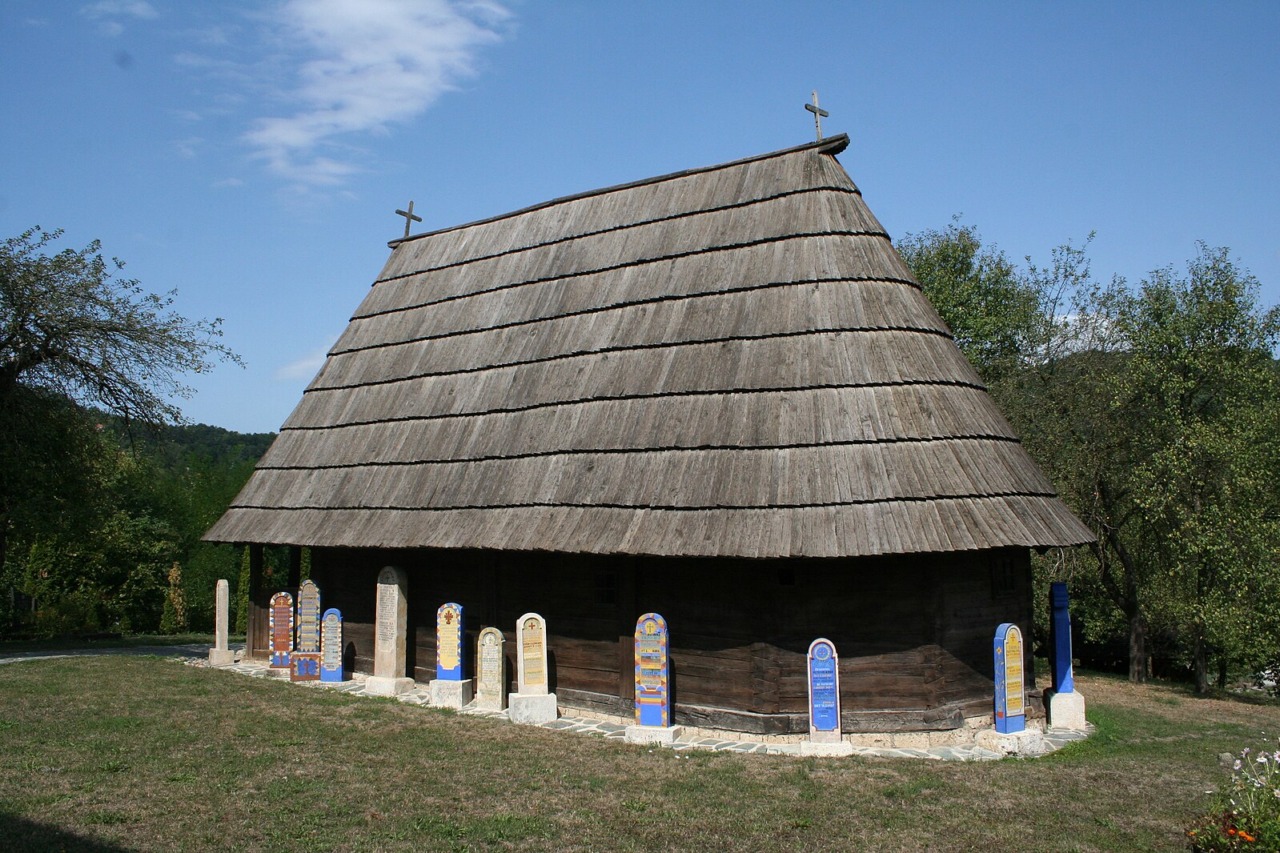
It has survived centuries of turbulent history, offering visitors a chance to step back in time and experience the spiritual and cultural heritage of this region.
Rural Tourism and Authentic Village Life
Kosjerić is an ideal place to experience the charm of an authentic Serbian village. Rural tourism is on the rise here, with numerous households offering guests fresh dairy products, homemade bread, and the famous Serbian rakija.
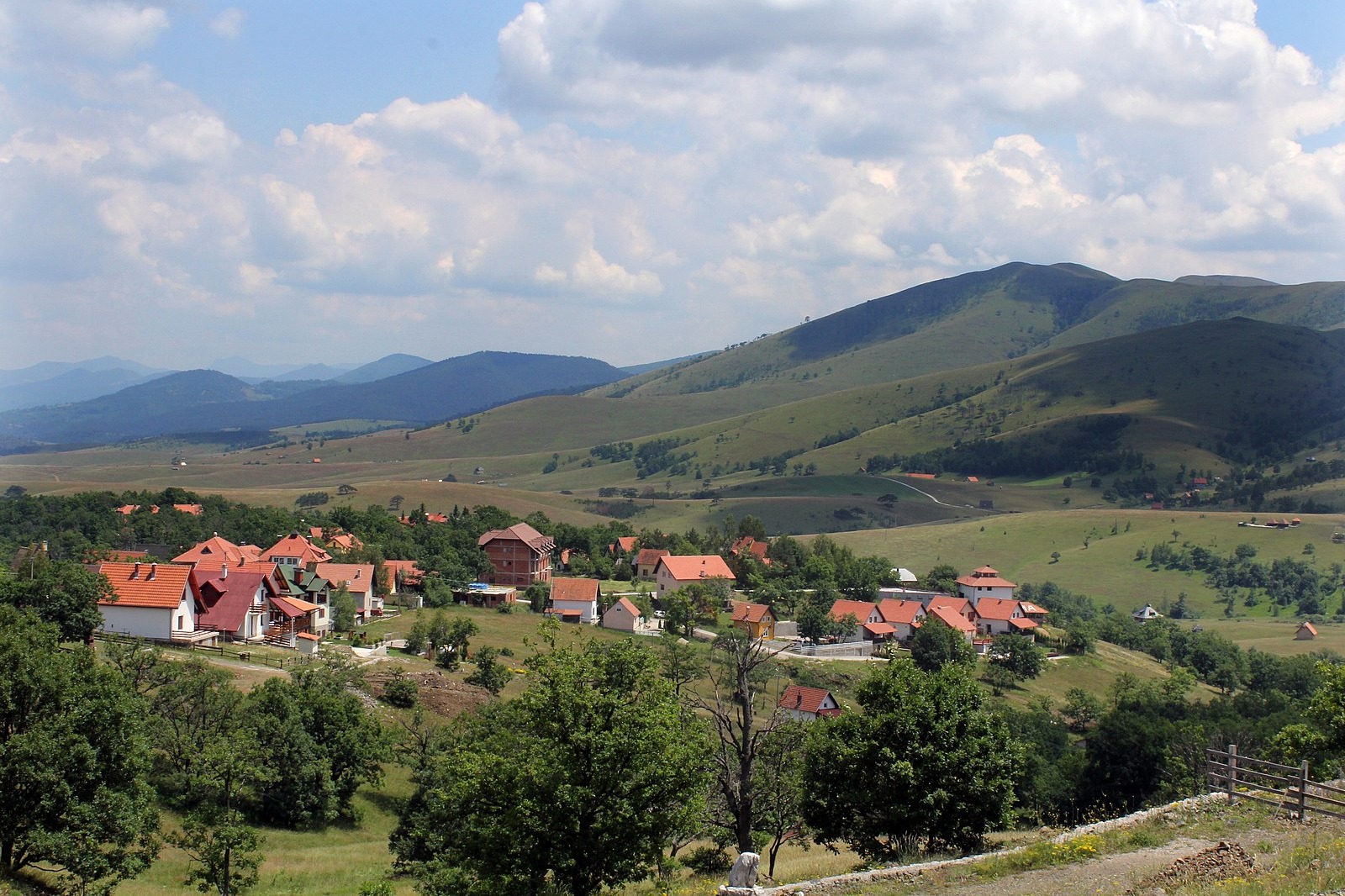
The village of Subjel stands out with its unique educational event “Čas mojih predaka” (“Class of My Ancestors”), where children relive the atmosphere of a school day from 1932. Modern boys and girls sit in old wooden benches, wearing traditional šajkača hats and knitted school satchels – a truly memorable experience for both kids and adults.
Licitarsko Srce Festival
Kosjerić hosts the international children’s folklore festival “Licitarsko Srce,” which brings together young dancers from across the region to celebrate culture and tradition.

Natural Highlights
- Mountains Drmanovina and Crnokosa – Perfect for hiking and nature walks.
- Skakalo Waterfall – A hidden gem that is most spectacular in spring.
- Skrapež River – A peaceful spot for fishing and picnics.
What to Do Around Kosjerić?
- Day Trip to Divčibare – A popular mountain resort just 30 km away, ideal for winter skiing and summer activities.
- Hiking on Maljen and Povlen – Both mountains offer breathtaking trails, panoramic views, and untouched wilderness. Povlen is also known for its mysterious “energy points” and unique rock formations.
- Visit Ethno Village Zlakusa – About 20 km from Kosjerić, it is famous for pottery making and traditional cuisine.
- Rural Tourism – Enjoy authentic home-cooked meals, fresh dairy products, and rakija in family-run households.
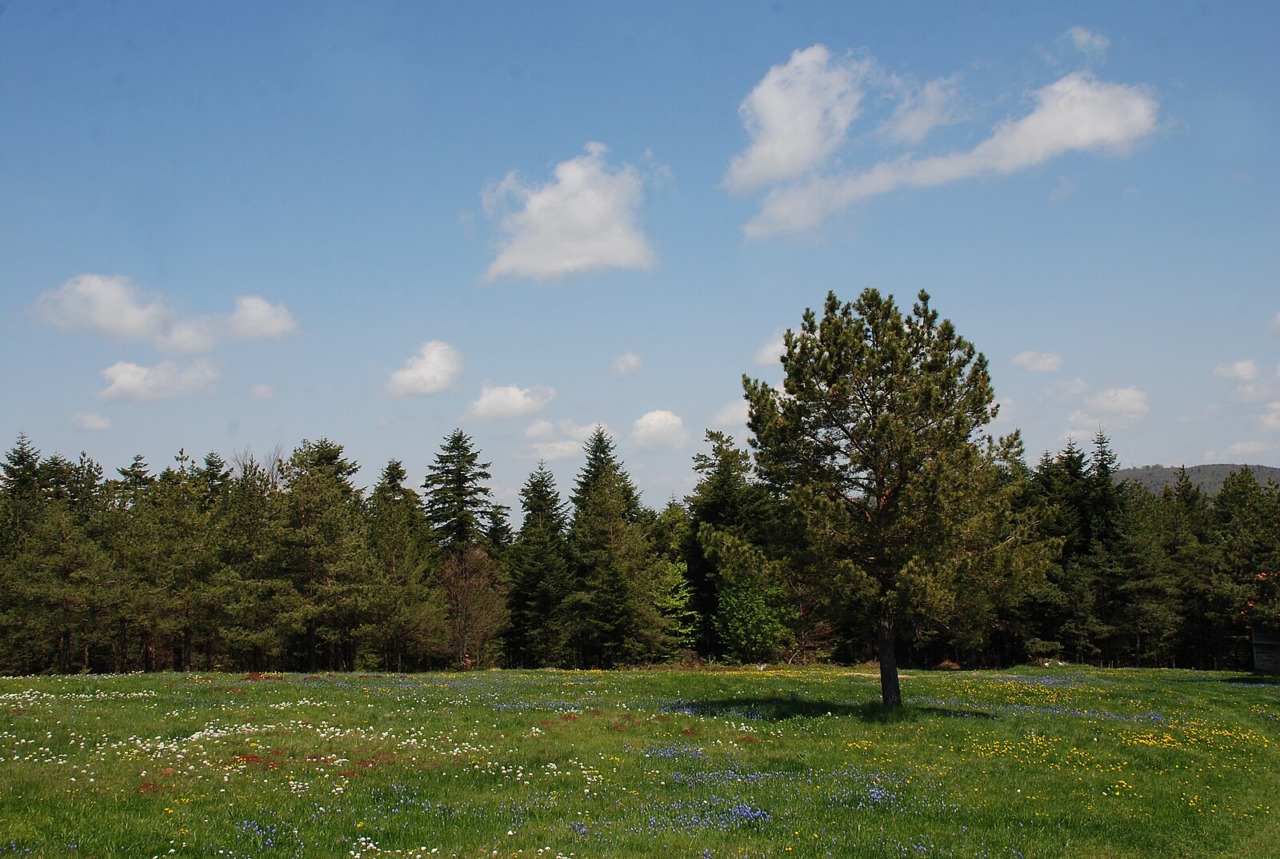
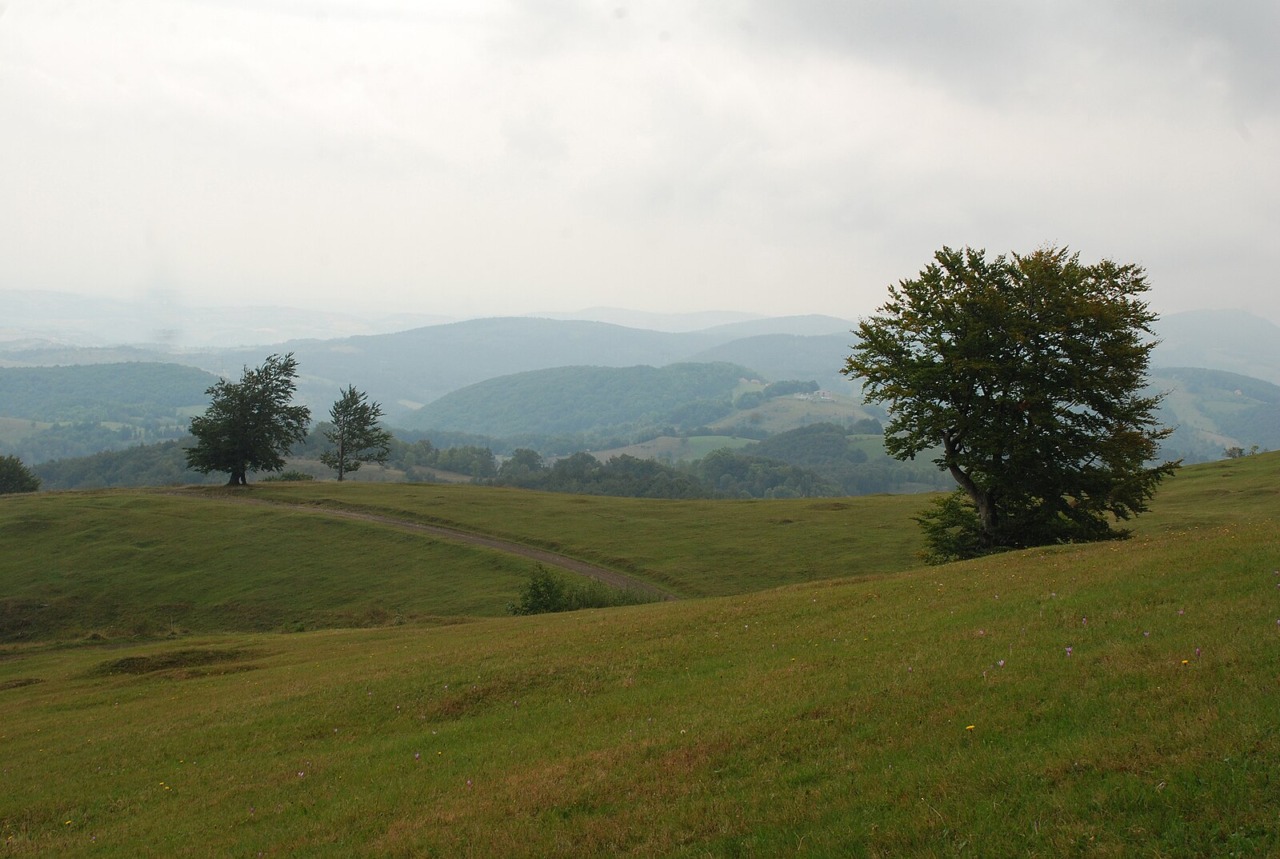
Local Cuisine
Kosjerić is a paradise for food lovers. Homemade cheese, kajmak (clotted cream), pršuta (smoked ham), and buckwheat pies are local specialties, while the aroma of homemade rakija completes every meal. Traditional taverns serve dishes prepared according to centuries-old recipes.
Featured photo: Ванилица, CC BY-SA 4.0 https://creativecommons.org/licenses/by-sa/4.0, via Wikimedia Commons
Related Articles

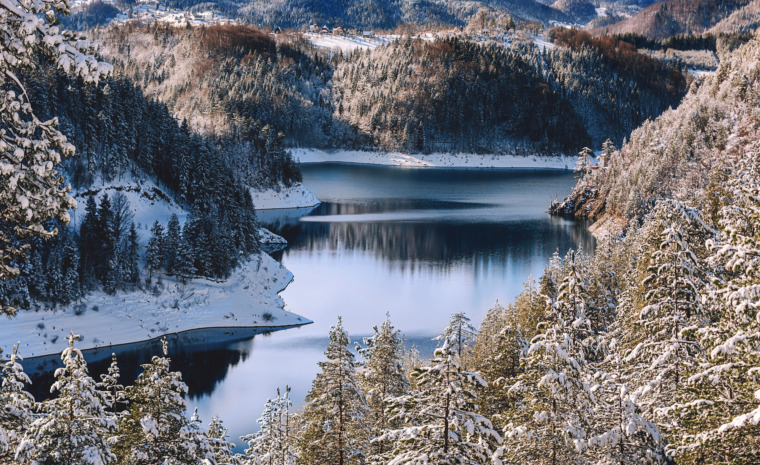
Zaovine on Tara: Serbia’s Winter Wonderland
January 5, 2026
From Fireworks to Family Dinners: New Year’s Eve Across Serbia
December 31, 2025